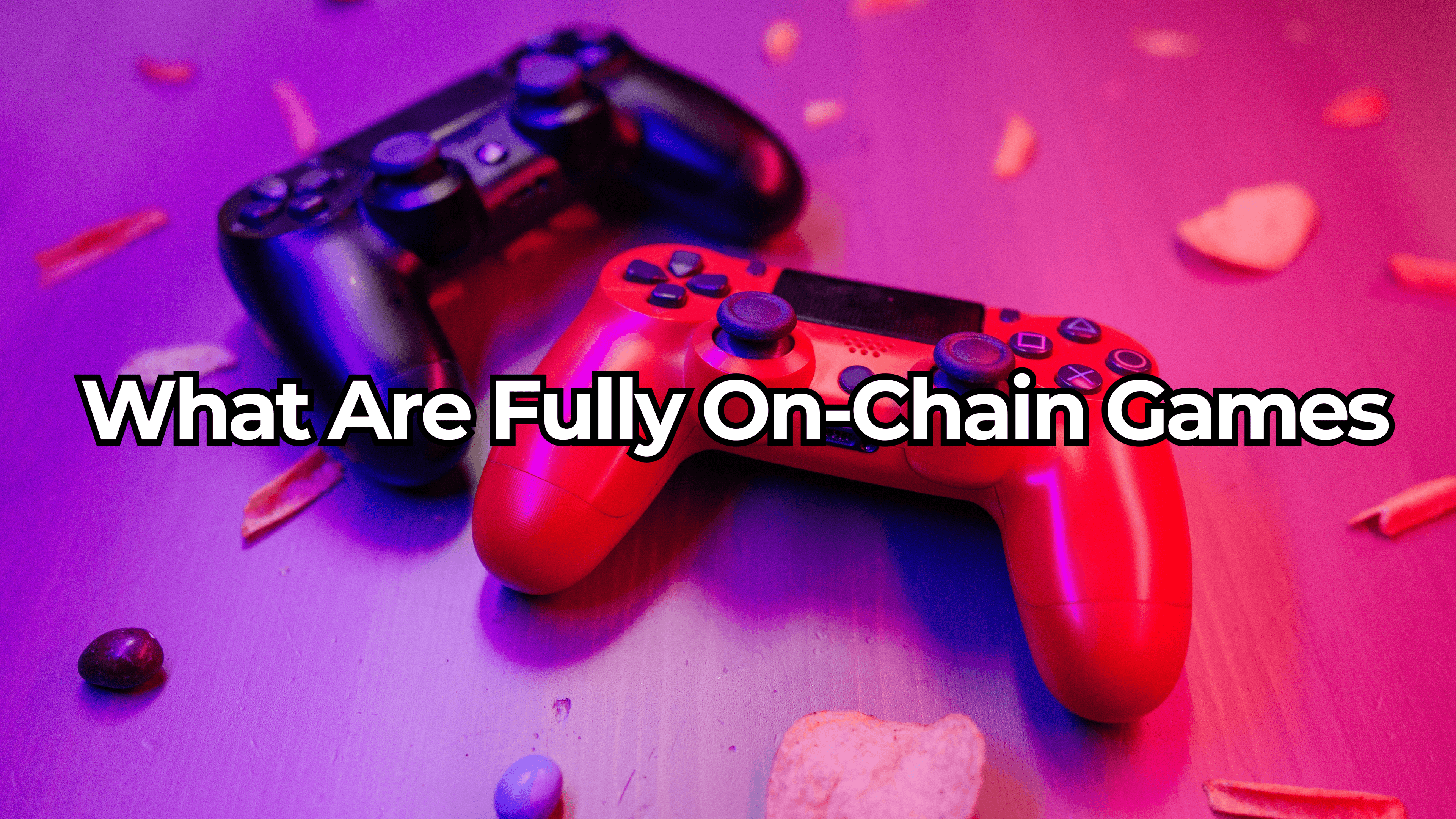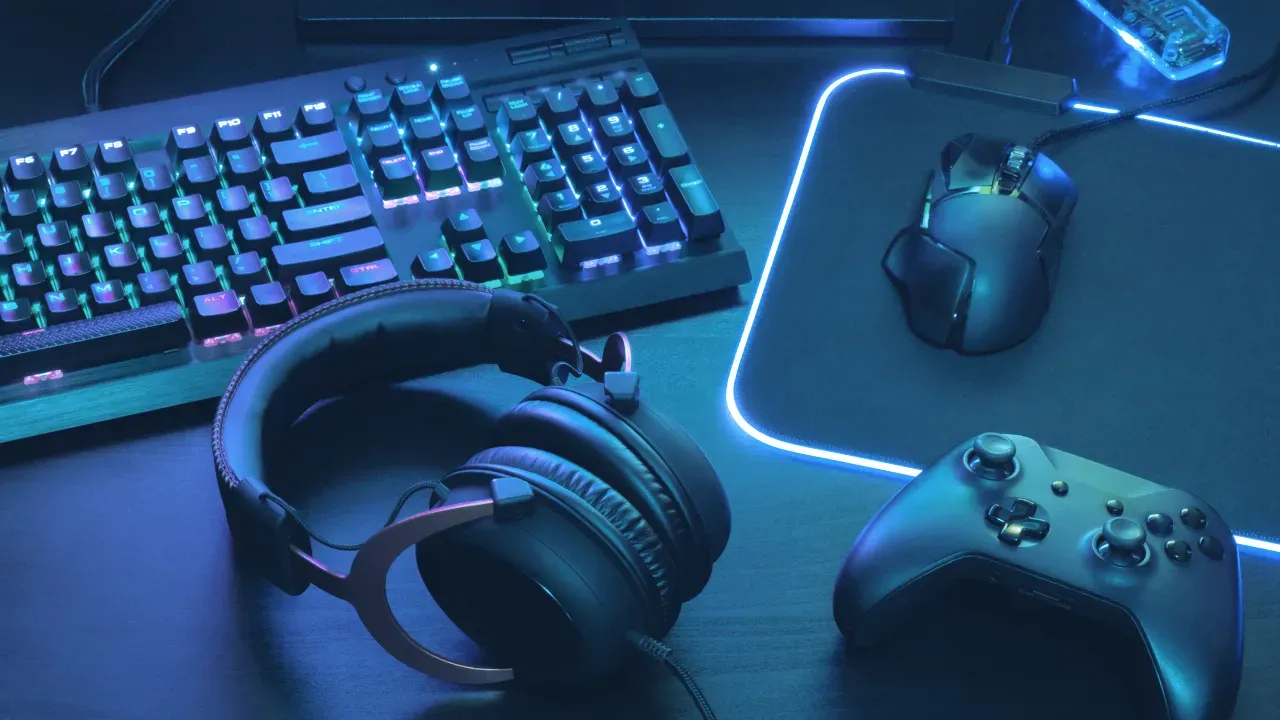In the current landscape of web3 gaming, developers are integrating blockchain technology in new ways, though often leaning toward centralized models to appeal to mainstream users. However, fully on-chain games, which rely exclusively on blockchain for all elements of gameplay, are demonstrating the potential of true decentralization in gaming. Industry experts, including Leah Callon-Butler, argue that these fully on-chain games, although challenging, may hold the key to unlocking the most impactful and unique aspects of blockchain technology.
Rise of Hybrid Models
Many web3 games today closely resemble traditional web2 games, boasting advanced graphics and refined gameplay. However, to streamline player onboarding, many of these games allow users to play without wallets or NFTs, keeping blockchain involvement optional. Accessible on platforms like Google Play and the Epic Games Store, some of these games have removed web3 terms like “NFTs” and “crypto” from their marketing entirely. This trend reflects an effort to appeal to traditional gaming markets, currently valued at around $334 billion. By shifting toward a familiar gaming experience, developers are attempting to grow their player base by appealing to non-crypto audiences.
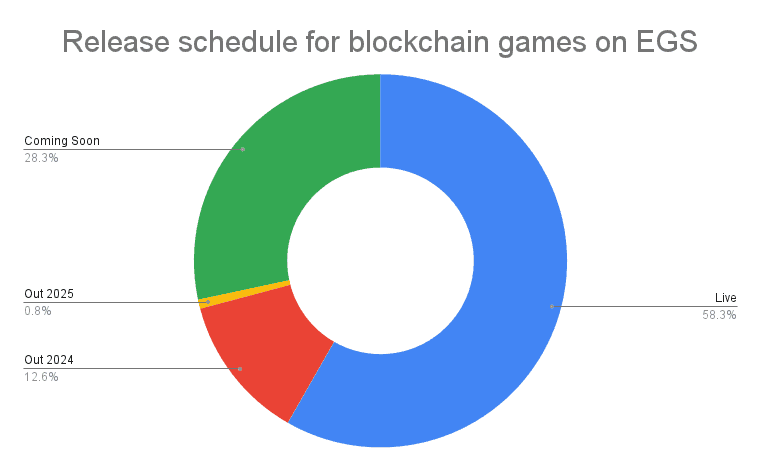
Over 127 Blockchain Games Now on Epic Games Store
The Push for Full Decentralization
In contrast, fully on-chain games maintain a strict commitment to decentralization, operating without centralized servers and placing all game assets, logic, state, and storage directly on the blockchain. These games, also known as Autonomous Worlds, are open-source, community-owned, and operate autonomously without reliance on the original creators. This model enables novel gaming experiences by promoting trustless interoperability and composability.
Developers can create games where ownership, actions, and assets are immutable, allowing players and other developers to expand upon or integrate these games into larger ecosystems. However, this model presents significant technical challenges, especially given that blockchains typically struggle with scalability and storage, impacting gameplay fluidity. Consequently, fully on-chain games are limited primarily to simpler formats, such as turn-based strategy and board games, which require fewer actions and player interactions.
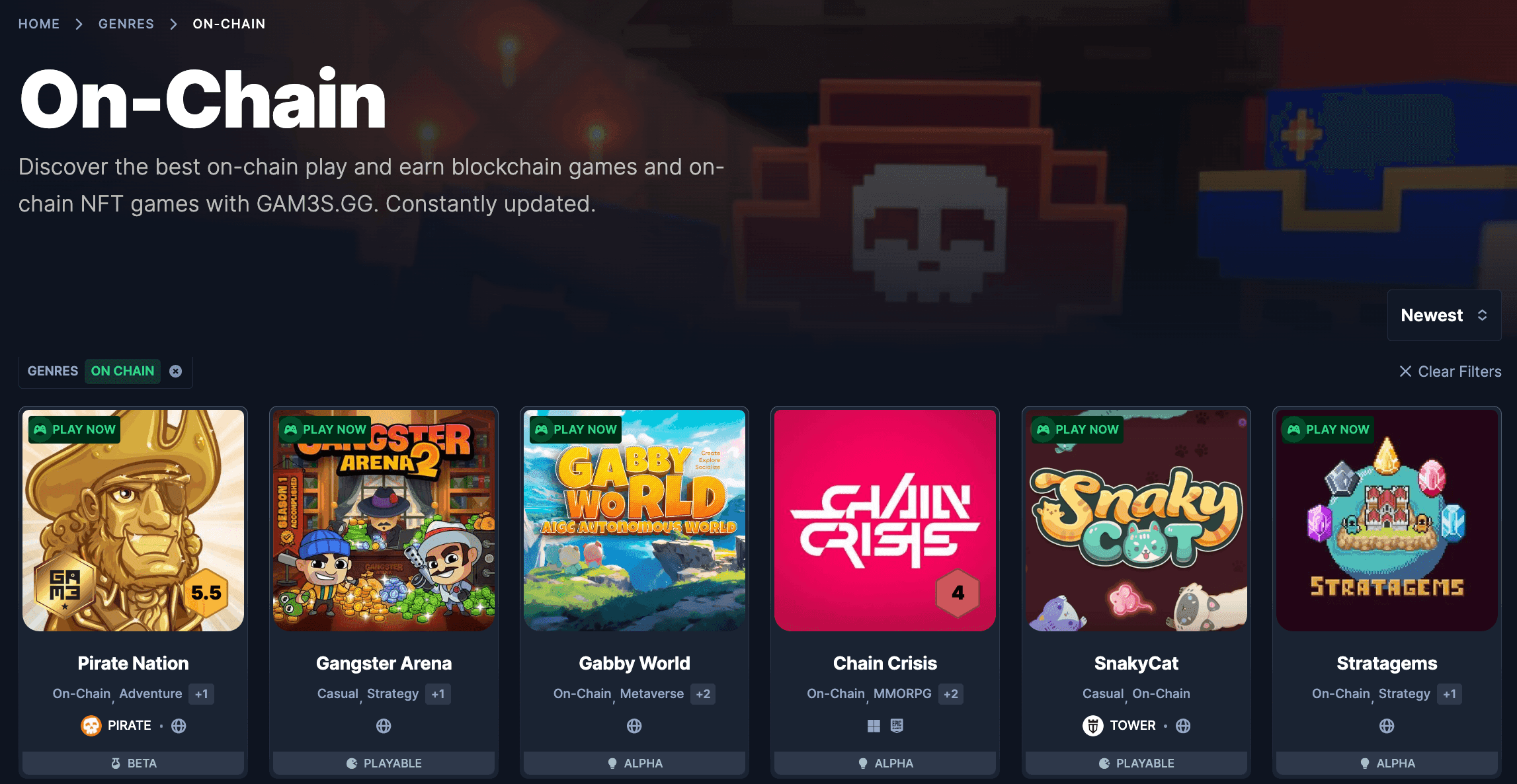
On-Chain Games on GAM3S.GG
Limitations of Fully On-Chain Games
Designing a fully on-chain game entails confronting multiple hurdles, from transaction fees to a complex user experience. Blockchain transaction fees add up with every player's action, leading to higher costs for participants. Furthermore, players face a steep learning curve to navigate crypto-native platforms and processes.
While this has constrained the adoption of fully on-chain games, it is also a significant factor in differentiating web3 games from their web2 counterparts. Instead of integrating selective blockchain elements, many developers are choosing hybrid models. Typically, assets that are tradeable on decentralized marketplaces, such as NFTs and tokens, remain on-chain, while other elements stay off-chain to simplify design and reduce operational complexity.
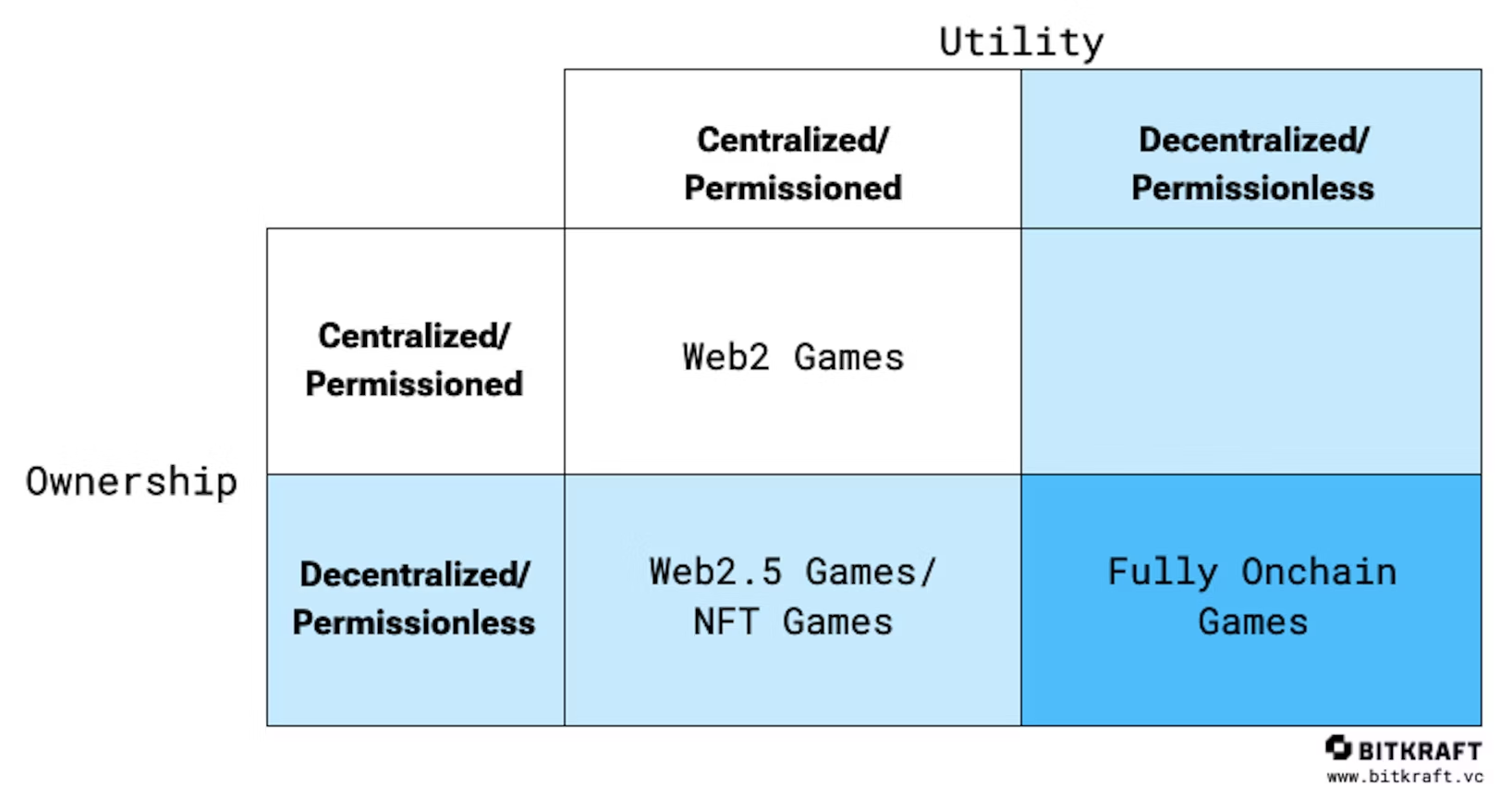
Utility and Ownership in Fully On-Chain Games
Embracing Decentralization
The challenges of fully on-chain game development have not deterred blockchain advocates, who see these games as an opportunity to test the true boundaries of blockchain’s capabilities. These advocates argue that adopting a fully on-chain approach allows developers to better explore what makes web3 games unique. The industry has learned from the initial blockchain game wave, exemplified by early adopters like CryptoKitties and Axie Infinity, which faced challenges such as high transaction costs and clunky user experiences.
Yet, despite these early obstacles, these games demonstrated the potential of blockchain-powered gaming and inspired a new generation of players to explore decentralized applications. In recent years, the developer toolkit has improved dramatically, thanks to advancements like Layer 2 solutions that increase transaction speed, account abstraction for flexible wallet use, and session keys to simplify wallet interactions. These technical improvements address some of the longstanding issues with blockchain performance and user experience.
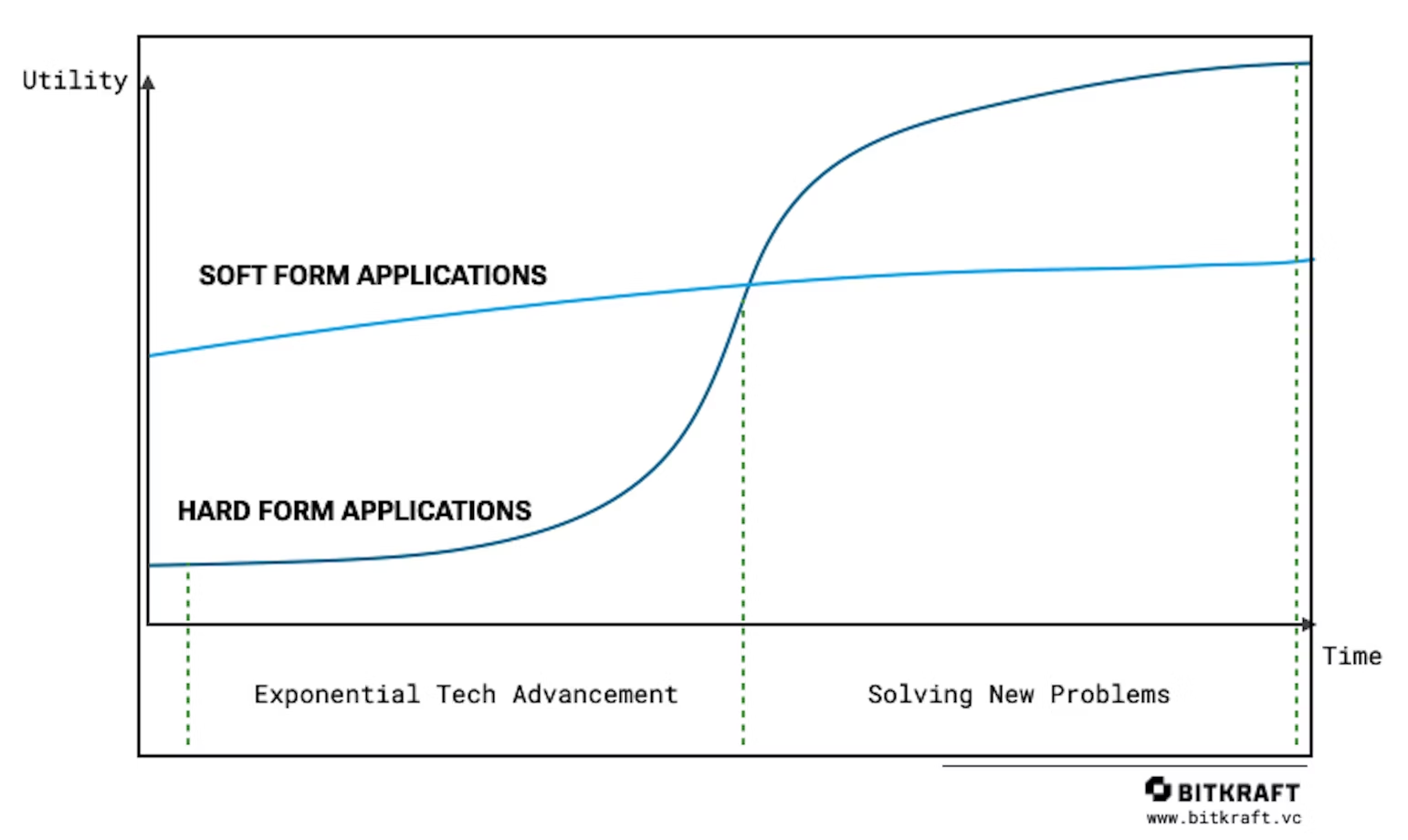
Hard Form vs Soft Form Apps
Final Thoughts
Advocates for fully on-chain games see them as essential for moving beyond web2-like limitations and capitalizing on blockchain’s core strengths, including transparency, interoperability, and true digital ownership. As these games evolve, they may lead to fresh gameplay mechanics that have not yet been possible within the centralized web2 gaming framework.
In the coming years, the integration of blockchain in gaming is expected to involve a balance of on-chain and off-chain elements, depending on specific game design needs. Although the full potential of blockchain-based gaming has yet to be realized, industry leaders believe that fully on-chain games will lead to an innovative era in web3 gaming. As this technology advances, it may ultimately redefine what players consider a "great game" by creating experiences that extend beyond the capabilities of traditional gaming platforms.
Source: Leah Callon-Butler


